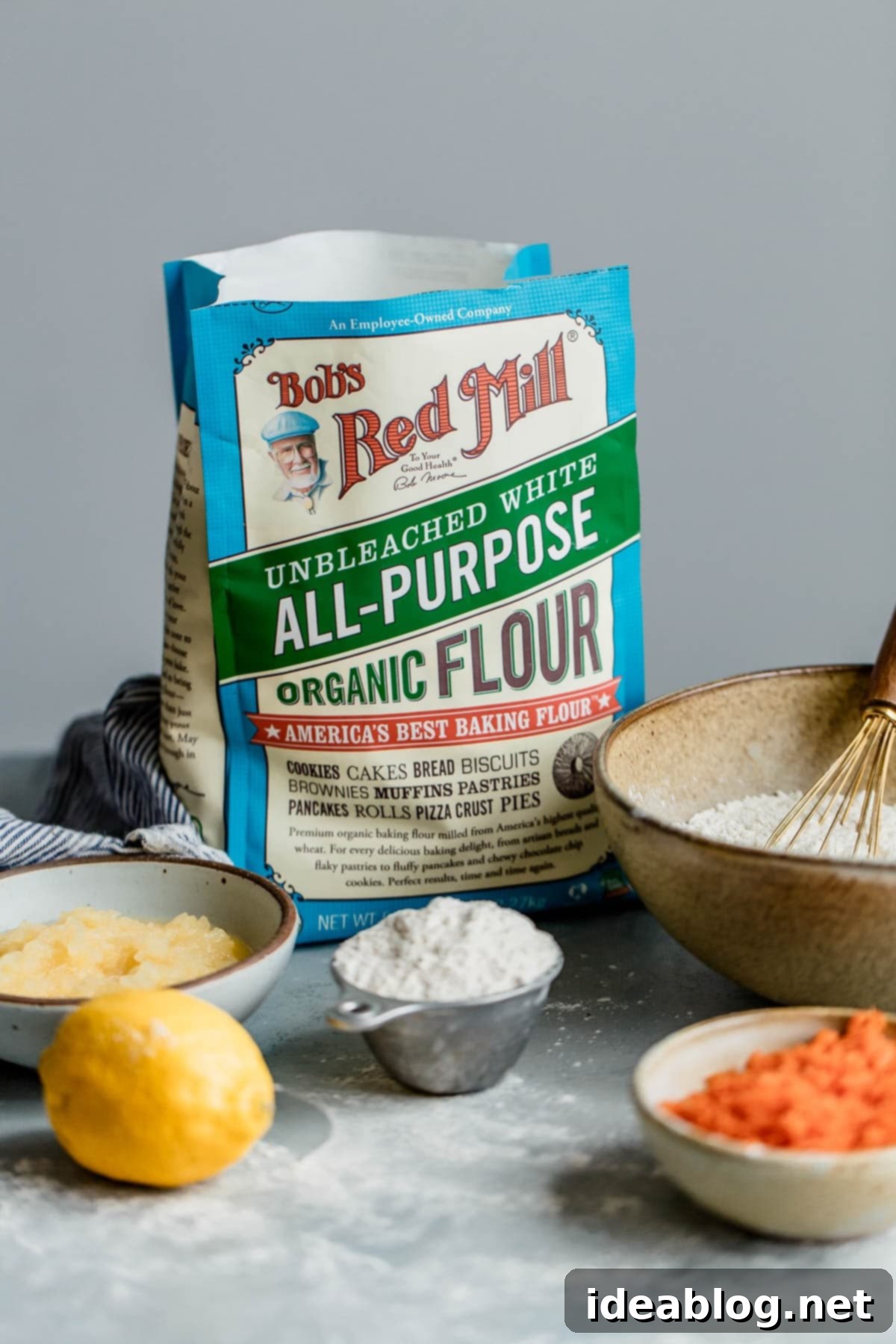Cake Flour vs. All-Purpose Flour: Understanding Protein for Perfect Baking Results
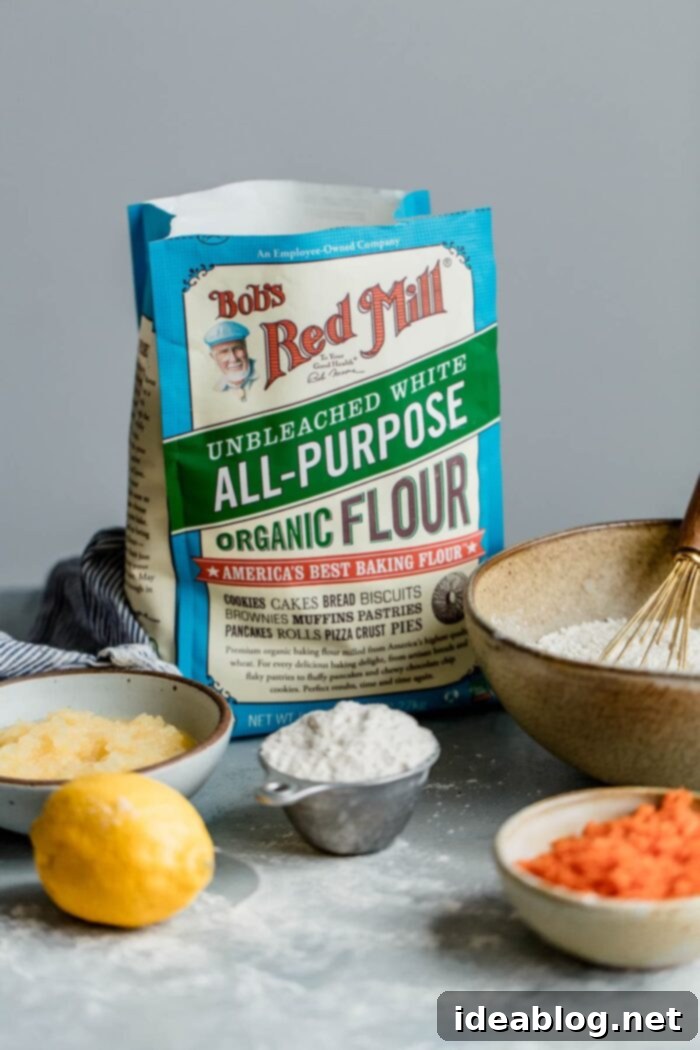
For home bakers and pastry enthusiasts alike, understanding the nuances between different types of flour is key to achieving truly exceptional results. Today, we’re taking a comprehensive deep dive into two of the most commonly used flours in baking: cake flour and all-purpose flour. While they might look similar, their distinct characteristics significantly impact the texture, structure, and overall success of your baked goods. From light and airy cakes to chewy cookies, choosing the right flour is paramount.
The Core Difference: Protein Content in Flours
The fundamental distinction between cake flour and all-purpose flour boils down to one crucial element: protein content. This isn’t just a minor detail; it’s the primary factor dictating how your flour will behave when mixed with liquid and subjected to heat.
While protein levels can naturally vary depending on the wheat strain, growing conditions, and even the specific brand, all-purpose flour typically contains a moderate protein percentage, ranging from 10% to 12%. This makes it a versatile staple for a wide array of recipes, hence its “all-purpose” designation.
In stark contrast, cake flour is specifically engineered for delicacy, featuring a significantly lower protein content, usually between 6% and 9%. This lower protein level is precisely what gives cake flour its unique properties and makes it indispensable for certain types of baking. This difference in protein directly influences gluten development, which in turn defines the texture of your finished product.
Table of Contents:
- How Wheat Protein (Gluten) Influences Baked Goods
- What is Cake Flour? Characteristics and Ideal Uses
- Substituting Cake Flour with All-Purpose Flour: What You Need to Know
- Substituting All-Purpose Flour with Cake Flour: When and How
- Expand Your Baking Knowledge: Related Articles
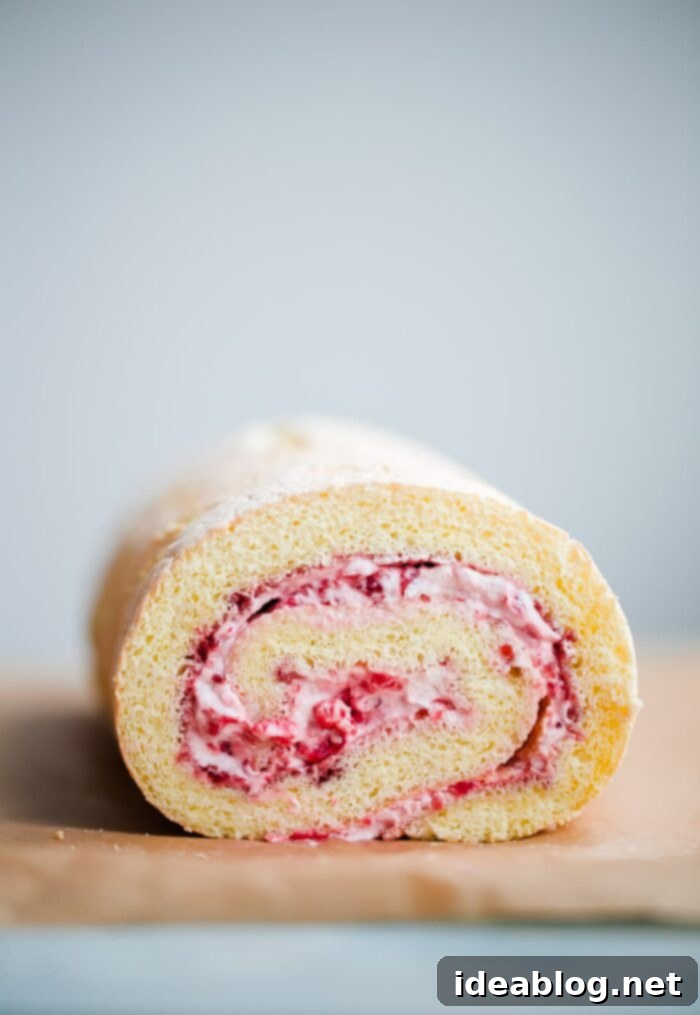
How Wheat Protein (Gluten) Influences Baked Goods
To truly appreciate the distinction between flours, it’s essential to understand the role of wheat protein, more commonly known as gluten, in baking. Gluten isn’t a single entity but a collective term for specific storage proteins found in wheat, primarily glutenins and gliadins. These proteins, when dry, have little inherent structure. However, the magic happens when flour is combined with liquid.
Upon hydration, these gluten proteins begin to change shape and form intricate bonds. They develop into tightly coiled yet highly elastic structures, often visualized as a spring-like or “slinky” network. This network is crucial for the structure of many baked goods. When this flour-water mixture is then manipulated through kneading, stirring, or mixing, the gluten strands stretch and become even more developed and elastic.
This unique stretching ability and elasticity of gluten are what enable us to create a vast array of textures in baking. Strong gluten networks are responsible for the airy structure of a crusty sourdough bread, allowing it to trap gases and rise significantly. They provide the strength needed for flaky pie crusts or the satisfying chewiness of homemade pasta. Without robust gluten development, delicate pastries like puff pastry wouldn’t hold their thin, rolled layers without breaking or crumbling.
Different varieties of wheat yield different protein levels. For instance, hard red winter wheat, known for its high protein content, is favored for producing flours with strong gluten-forming capabilities. These are typically used for bread baking. Conversely, soft white wheat, with its lower protein content, is ideal for flours destined for cakes and pastries. This strategic selection of wheat strains allows millers to produce various types of flours tailored to specific baking needs.
For example, comparing bread flour vs all-purpose flour highlights this principle perfectly. Bread flour, with its higher protein concentration (typically 12-14%), forms stronger, more elastic gluten networks than all-purpose flour. This results in bread with a chewier texture and a more significant, airy rise. Understanding this fundamental relationship between wheat protein, gluten development, and baked good texture is the first step towards becoming a more intuitive and successful baker.
This deep dive into protein and gluten naturally leads us to our next key question…
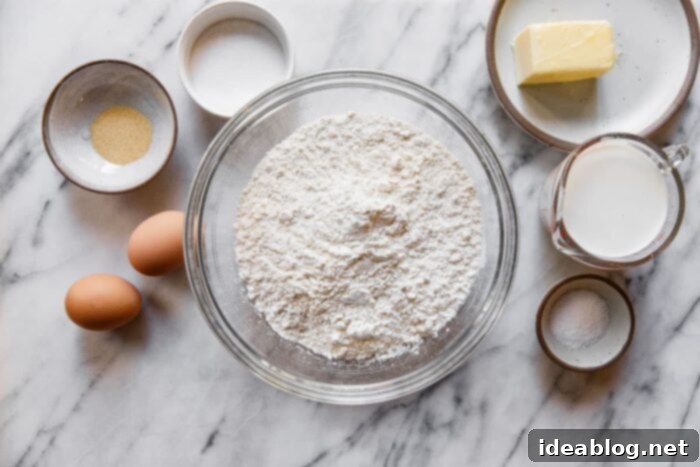
What is Cake Flour? Characteristics and Ideal Uses
Cake flour, as its name suggests, is specifically designed for baking delicate, tender, and light-textured cakes. It is predominantly milled from soft, low-protein wheat strains, such as ‘club wheat’. The inherent low protein content in these wheats means that cake flour promotes minimal gluten development, resulting in a flour that lacks the “strength” often desired for items like bread, but is absolutely ideal for creating a tender crumb.
This quality makes cake flour the star ingredient for recipes requiring a supremely soft and fine texture. Think of classic angel food cakes, light-as-air genoise sponges, fluffy sponge cakes, tender biscuits, and incredibly soft muffins. In these applications, a strong, chewy gluten network would be detrimental, leading to a tough and dense product. Cake flour ensures the exact opposite – a melt-in-your-mouth experience.
Beyond its low protein, cake flour also undergoes a specialized milling and sifting process, resulting in an extra-fine texture. This fine consistency means it absorbs liquids very quickly and efficiently, contributing to a more even distribution of moisture in batters and ultimately a smoother, more uniform crumb. The small particle size also allows for better aeration and emulsification when creaming butter and sugar, which is crucial for achieving that desirable light cake structure.
Many commercially available cake flour brands, such as Swan, are bleached. Bleaching not only whitens the flour but also slightly alters the protein structure, further weakening the gluten-forming potential and allowing the flour to absorb more liquid. Some brands may also include cornstarch in their formulation (always check the ingredient list!). The addition of cornstarch effectively dilutes the existing protein/gluten content of the flour even further, contributing to an even more tender final product. This principle is precisely why cornstarch is often a key component in DIY cake flour substitutes.
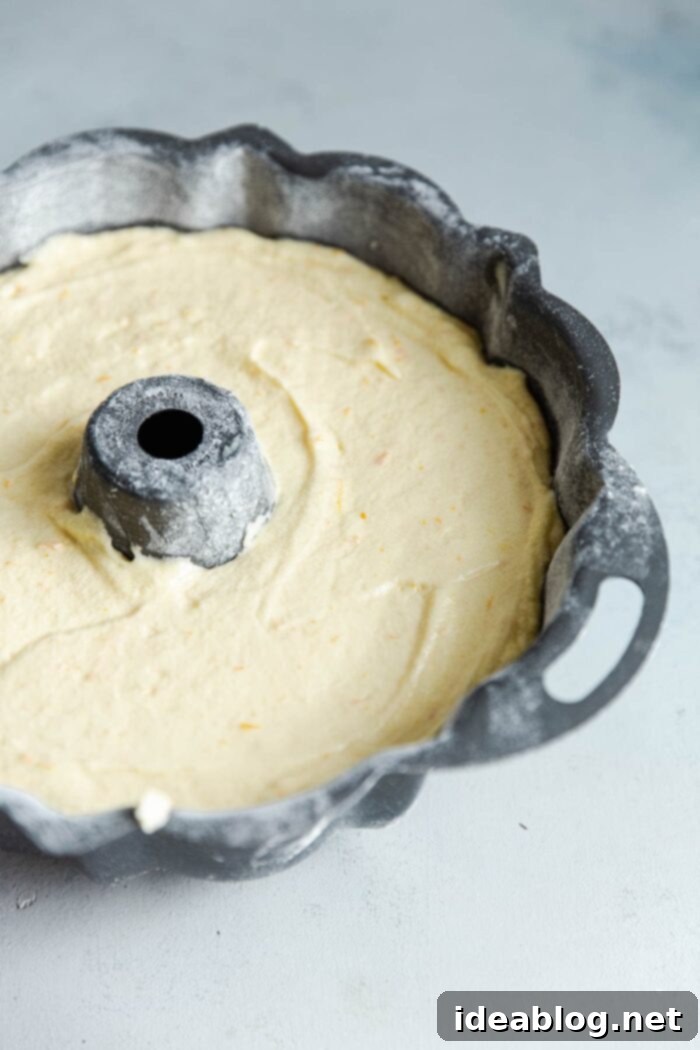
Substituting Cake Flour with All-Purpose Flour: What You Need to Know
When a recipe specifically calls for cake flour, it’s generally best to stick with it if at all possible. This recommendation is particularly crucial for delicate baked goods where a light, tender crumb is paramount, such as airy genoise cakes, delicate sponge roll cakes, cloud-like angel food cakes, and many tender layer cakes. These recipes rely heavily on cake flour’s low protein content and fine texture to achieve their signature characteristics.
Attempting a straight 1:1 substitution of cake flour with all-purpose flour will almost always result in a noticeable difference in your final product. Due to all-purpose flour’s higher protein content and coarser grind, it will develop more gluten, leading to a drier, heavier, and tougher crumb. The delicate, melt-in-your-mouth quality you expect from a cake flour-based dessert will be lost. While white pastry flour is often considered the next best alternative due to its slightly lower protein levels than all-purpose, it can still vary and may be difficult to source consistently.
However, if you find yourself in a bind and absolutely must substitute cake flour with all-purpose flour, there’s a widely accepted DIY method that attempts to mimic the properties of cake flour. It’s important to note that this is a “best effort” substitute and not a perfect replica, but it can work reasonably well in a pinch for less delicate recipes.
DIY Cake Flour Substitute: For every cup of cake flour required in a recipe, measure out 1 cup of all-purpose flour. Then, remove 2 tablespoons of that all-purpose flour and replace them with 2 tablespoons of cornstarch. Sift the mixture together thoroughly to ensure even distribution.
Metric/Volume Equivalent for 1 cup cake flour: Start with 150 grams of all-purpose flour, remove 2 tablespoons (approx. 15 grams) and replace with 2 tablespoons (approx. 16 grams) of cornstarch. This results in roughly 135 grams all-purpose flour + 16 grams cornstarch for a total volume similar to 1 cup of cake flour (which is about 120 grams).
Why Cornstarch? This method leverages cornstarch, which is naturally gluten-free and acts as a starch, effectively diluting the protein content of the all-purpose flour. By reducing the overall protein in the flour mixture, you minimize gluten formation and achieve a more tender texture closer to that of true cake flour. While this hack won’t perfectly replicate the bleached, finely milled qualities of commercial cake flour, it’s an excellent workaround when you need a lighter crumb for cookies, muffins, or less demanding cake recipes.
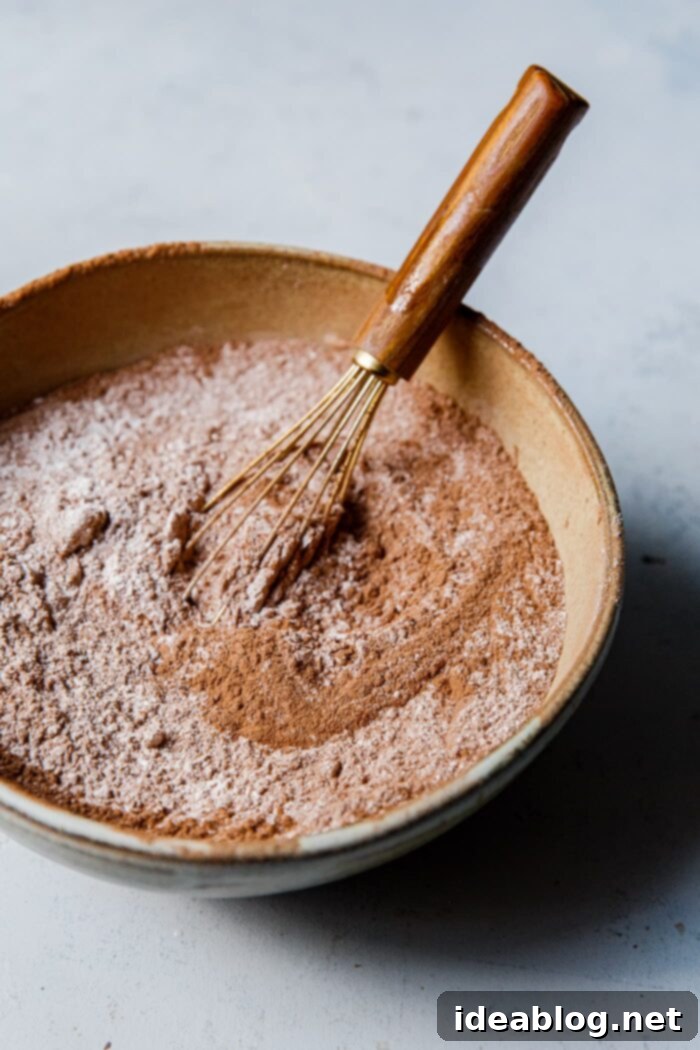
Substituting All-Purpose Flour with Cake Flour: When and How
Yes, you absolutely can substitute all-purpose flour with cake flour, and in some instances, it can even elevate your baked goods! The primary reason to make this swap is when you desire to actively hinder gluten development, thereby minimizing chewiness, elasticity, and extensibility, and instead achieve an exceptionally tender, light, and fine crumb. This substitution is not about replicating all-purpose flour, but rather about enhancing the delicacy of the final product.
Consider recipes for classic cakes and cupcakes – such as a traditional vanilla cupcake or a simple sponge cake – as prime candidates that often benefit significantly from the use of cake flour. The lower protein content of cake flour ensures that the batter creates a delicate structure that doesn’t become tough or rubbery, even if slightly overmixed. This results in a softer, more velvety texture that is highly sought after in many dessert applications.
Beyond traditional cakes, this substitution can also be beneficial in recipes for tender biscuits, certain types of cookies (especially those where a soft, crumbly texture is desired over a chewy one), and even some quick breads or muffins where a light, airy crumb is preferred. If you want your shortbread to truly melt in your mouth, or your scone to be exceptionally tender, swapping in cake flour can be a game-changer.
Substitution Guide: When substituting cake flour for all-purpose flour, you generally need to use a slightly greater volume of cake flour due to its lighter, finer consistency. For every cup of all-purpose flour called for in a recipe, use 1 cup plus 2 tablespoons of cake flour. This accounts for the difference in density and ensures adequate flour content for structure.
Metric/Volume Equivalent: If a recipe calls for 120 grams (approximately 1 cup) of all-purpose flour, substitute with approximately 126 grams (1 cup plus 2 tablespoons) of cake flour. It’s always best to measure by weight for accuracy in baking, especially when making substitutions that alter density.
Embracing cake flour in recipes that traditionally call for all-purpose can be an exciting experiment for bakers looking to refine the texture of their favorite treats, transforming good bakes into truly exquisite ones with a noticeably softer and more delicate finish.
Expand Your Baking Knowledge: Related Articles
- Bread Flour vs. All-Purpose Flour: Choosing the Right Strength
- Flour 101: Exploring Different Types of Baking Flours
- The Importance of Precision: How to Accurately Measure Flour
- Beyond the Basics: A Deeper Understanding of Gluten
In conclusion, the choice between cake flour and all-purpose flour is more than just a matter of convenience; it’s a fundamental decision that profoundly impacts the outcome of your baking endeavors. By understanding the critical role of protein and gluten development, you can confidently select the ideal flour for each recipe, transforming your baking from good to truly exceptional. Experiment with these insights, and enjoy the delicious results of informed baking!
